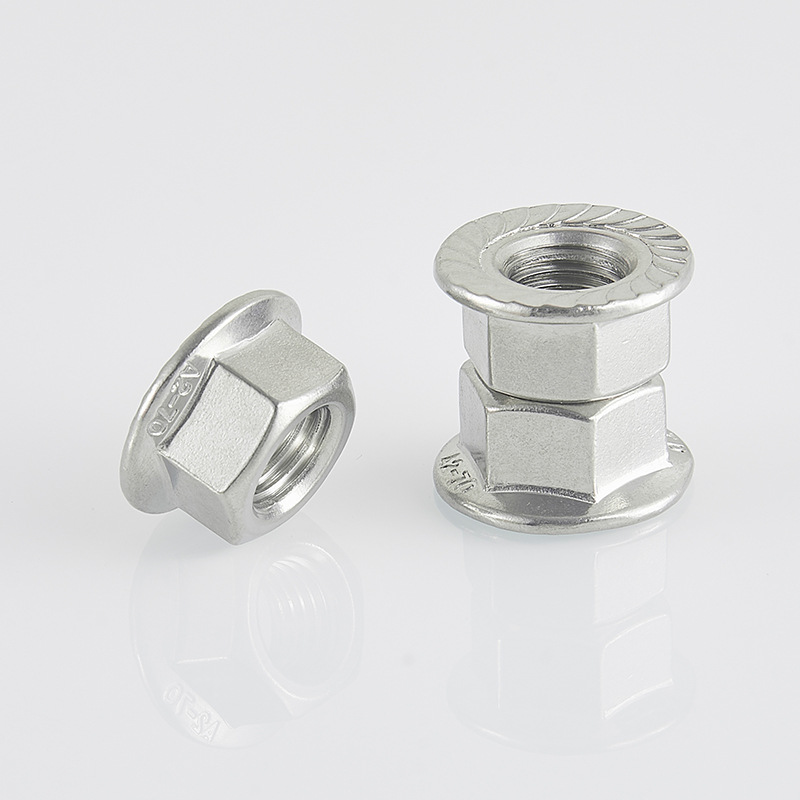

Understanding the Differences Between Spring Washers and Flat Washers in Applications
Déc . 11, 2024 09:38 Back to list
Understanding the Differences Between Spring Washers and Flat Washers in Applications
Understanding Spring Washers and Flat Washers Essential Components in Mechanical Engineering
In mechanical and structural engineering, washers play a critical role in ensuring the reliability and longevity of various assemblies. Two of the most commonly used types of washers are spring washers and flat washers. Each type serves a specific function within machinery, influencing the performance and stability of the overall system. This article will explore these two washers in detail, discussing their functions, applications, and how they differ from one another.
What are Washers?
Washers are thin plates, typically disc-shaped, that are used to distribute the load of a threaded fastener like a screw or a bolt. By increasing the surface area, they help to prevent damage to the part being fastened and improve the stability of the connection. Washers come in various shapes and materials, but their fundamental purpose is consistent to enhance the performance of a bolted joint.
Flat Washers
Flat washers are the most basic type of washer. They are made from a variety of materials, including metals and plastics, and come in different sizes and thicknesses. The key feature of a flat washer is its uniform thickness and circular shape, which allows it to provide an even surface for distributing the load of a fastener.
Functions of Flat Washers
1. Load Distribution By spreading the load over a wider area, flat washers help to prevent damage to the material being fastened. 2. Protection They can protect surfaces from abrasion and damage, especially when used in applications where frequent assembly and disassembly occur.
3. Sealing In some applications, flat washers may also serve as seals, preventing leaks of fluids or gases.
4. Alignment Flat washers help maintain alignment of components, especially in situations where surface irregularities might affect tightness.
Applications of Flat Washers
Flat washers are widely used in numerous industries, from automotive to construction and manufacturing. They are suitable for use in any application requiring a reliable fastening method. Common examples include
- Bolted joints in machinery - Structural bolts in buildings - Electrical appliances where components may be attached
Spring Washers
Spring washers, on the other hand, are designed with a specific shape and are typically made from spring steel, which provides them with the ability to exert force. These washers come in various designs, such as conical, wave, and split, with each type serving unique purposes.
spring washers and flat washers

Functions of Spring Washers
1. Prevention of Loosening One of the primary functions of spring washers is to prevent nuts and bolts from loosening due to vibration and dynamic loading. Their elasticity helps maintain tension in the assembled joint.
2. Compensation for Tolerance Variations Spring washers can accommodate slight irregularities and tolerances in the assembly, which makes them particularly useful in applications where precision is crucial.
3. Shock Absorption In high-vibration environments, spring washers absorb shock and reduce stress on the fastened components.
Applications of Spring Washers
Spring washers are often used in applications that involve significant movement or vibration, such as
- Automotive parts that endure constant motion - Machinery in industrial settings - Aerospace engineering, where equipment must withstand harsh conditions
Key Differences between Spring Washers and Flat Washers
While both types of washers are essential for various applications, the differences in their designs and functionalities are crucial for choosing the right washer for a specific task.
1. Design and Structure Flat washers have a simple flat design, while spring washers incorporate a spring-like form that provides an additional force.
2. Function Flat washers primarily serve to distribute loads and protect surfaces, whereas spring washers focus on preventing loosening and compensating for tolerance issues.
3. Use Case Scenarios Flat washers are used in static applications, while spring washers excel in dynamic environments susceptible to vibrations and movements.
Conclusion
In summary, both spring washers and flat washers are vital components in mechanical assemblies, each serving unique roles that contribute to the overall integrity of the structure. Understanding their functions, applications, and differences is essential for engineers and technicians in selecting the appropriate washer for a given task. By using the correct type of washer, one can ensure improved performance, stability, and longevity of mechanical systems, ultimately leading to enhanced reliability and safety in various industrial applications.
Latest news
-
Similarities and Differences Between Plain Washer and Spring Washer - Fastener Comparison Guide
NewsJun.10,2025
-
Effortless Installation Self-Drilling Window Screws - Fast, Secure, and Durable Fasteners
NewsJun.10,2025
-
Self Drilling Stucco Screws for Fast, Secure Installation Self Tapping & Self-Tapping Fasteners
NewsJun.10,2025
-
Premium Hot Dipped Galvanized Self Tapping Screws - Durable Corrosion Resistance
NewsJun.09,2025
-
Discover M12 Weld Stud Benefits & Applications Guide
NewsJun.09,2025
-
M25 Stainless Steel Washers High-Durability Fasteners for Corrosion Resistance
NewsJun.09,2025

